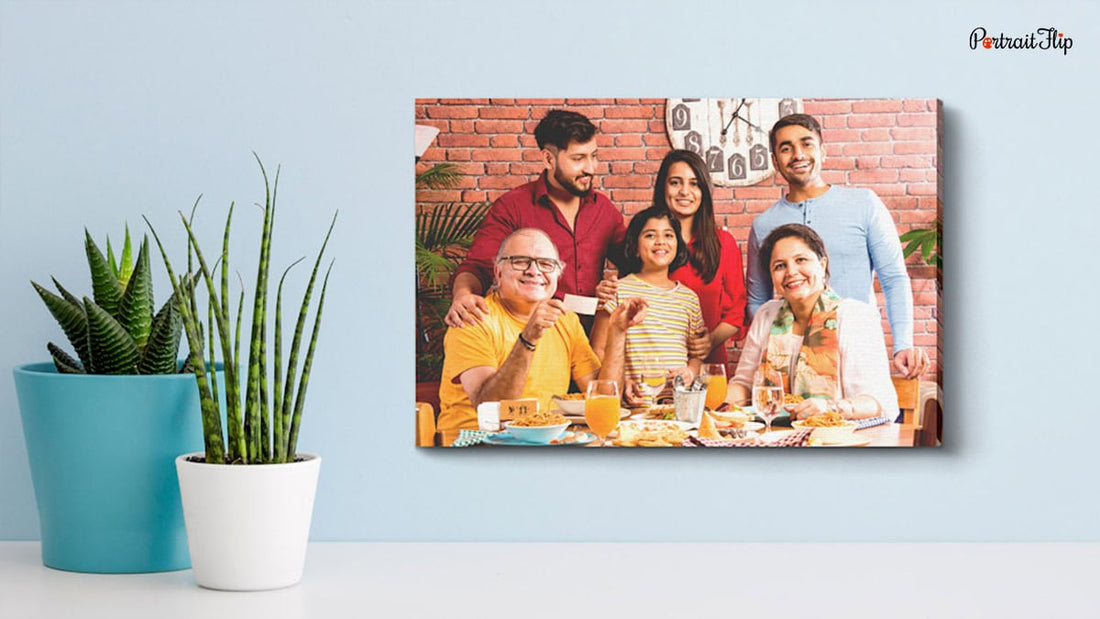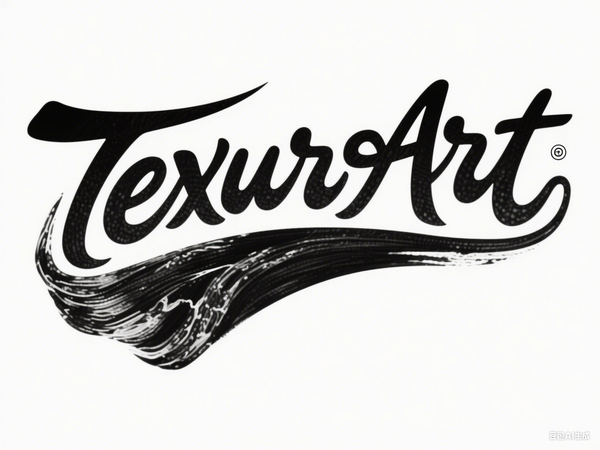
Print vs. Painting - Understanding the Differences and Choosing What’s Right for You
Share
Art comes in many forms, and two of the most popular and accessible are prints and paintings. While both bring beauty and creativity into our spaces, the processes behind them and their characteristics differ significantly. This detailed guide explores the differences between prints and paintings, helping you decide which may best suit your preferences, budget, and artistic appreciation.

What Is an Art Print?
An art print is essentially a reproduction of an original artwork. Unlike paintings, which are unique pieces, prints are created through methods such as screen printing, lithography, or giclée inkjet printing. These techniques allow artists to produce multiple copies of a single image.
Common types of art prints include:
-
Lithography: Artists draw on a flat stone or metal plate, which is then used to print the image multiple times with fine detail.
-
Giclée Fine Art Printing: Utilizes special inkjet printers to spray microscopic droplets of ink on canvas or paper, resulting in vibrant and sharp images.
-
Canvas Prints: Digitally printed images on canvas fabric, stretched over frames ready to hang, giving a textured, painted feel.
Art prints offer an affordable way to enjoy art and make beautiful works accessible across broader audiences.

What Is a Painting?
A painting is a distinctive, one-of-a-kind piece where the artist applies paint directly onto surfaces such as canvas, paper, or wood. Whether using brushes, palette knives, or even fingers, paintings reflect the artist’s personal expression, emotion, and technique.
Paintings often feature visible brushstrokes and layered textures that create depth and dimensionality, distinguishing them from flat prints. Each painting carries its own unique story and presence.

Key Differences Between Prints and Paintings
Understanding the differences will help you make an informed choice:
Uniqueness:
Paintings are original and cannot be exactly duplicated, representing the artist’s individual touch. Prints, even limited editions, are reproduced multiple times but can be signed and numbered to authenticate their value.
Texture and Feel:
The surface of a painting typically reveals tactile brushstrokes, impasto, and layered paint creating depth and character. Prints usually have a flatter, more uniform surface without physical texture, although canvas prints can mimic painted textures visually.
Process of Creation:
Paintings are handcrafted, combining artistic skill and material manipulation. Prints are mechanically produced, transferring images onto various materials, which allows replication but lacks originality.
Cost:
Because of their uniqueness and demand, paintings remain more expensive, while prints tend to be more budget-friendly options for art lovers.

Which Should You Choose: Print or Painting?
Deciding between a print and a painting depends on several factors:
-
If you desire something unique, original, and with texture, a painting is an ideal choice.
-
For affordability, accessibility, and variety, prints—especially high-quality fine art prints—are excellent.
-
Consider your budget, space, and style preferences; prints allow you to enjoy art in different rooms or collections without large investments.
-
Paintings often work as statement pieces, while prints can be great for decoration or gifts.
Ultimately, your choice should match your goals—whether it’s owning a timeless original or creating a curated collection of beautiful reproductions.

How Prints and Paintings Differ Across Art Styles
-
Landscape Art: Paintings offer personal, textured renditions of nature’s beauty, while prints reproduce these scenes more widely and accessibly.
-
Abstract Art: Paintings involve expressive brushwork and unique emotional depth; prints provide broader reach and visual allure.
-
Portrait Art: Paintings capture emotional nuance and brushstroke dynamics; prints focus on photorealistic accuracy and quantity.
Each medium has value depending on how you wish to engage with art.

Image Examples
-
Original paintings typically showcase rich textures and visible brushstrokes that add depth and emotion to the artwork.
-
Prints tend to present a smooth and uniform surface, capturing the original image’s colors but without physical texture.
You can explore galleries or visit museums to observe these differences firsthand.
Frequently Asked Questions (FAQ)
Q1: Can prints ever be as valuable as paintings?
Limited edition prints signed and numbered by the artist can hold value but generally don’t match the unique worth of original paintings.
Q2: How do I tell if an artwork is a print or a painting?
Paintings show raised brushstrokes and texture, while prints have flat surfaces and may have dot patterns visible under magnification.
Q3: Are prints less “authentic” than paintings?
Prints can be authentic if produced or authorized by the artist, but they lack the unique physicality and direct artistic expression of paintings.
Q4: Can prints be a good investment?
Certain limited edition prints from renowned artists appreciate in value, but originals typically offer greater long-term investment potential.
Q5: Which is better for home decor?
Both have merits. Paintings provide texture and uniqueness; prints offer affordability and ease of display. Your choice depends on style preference and budget.
Choosing between a print and an original painting is a personal decision. Whether you opt for the tactile, original presence of a painting or the versatility and access of prints, both modes bring beauty and inspiration into your space.
